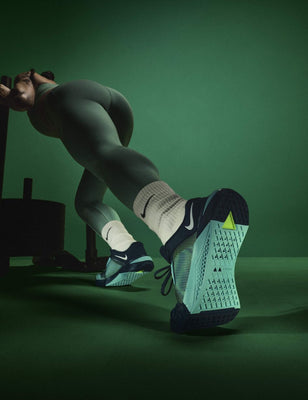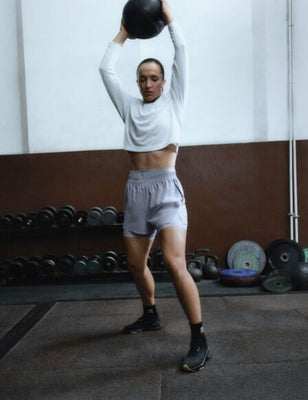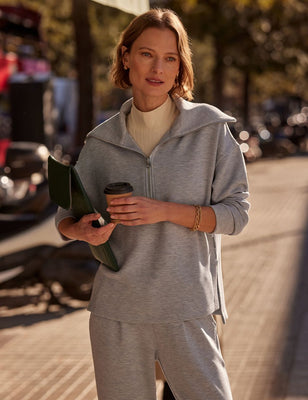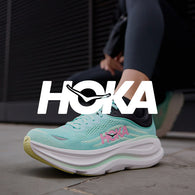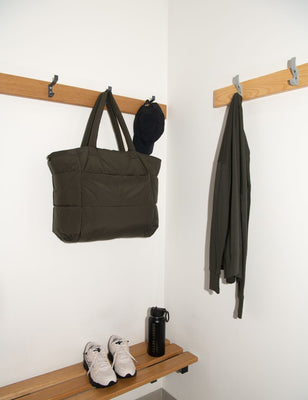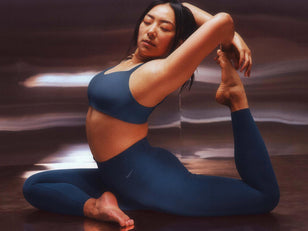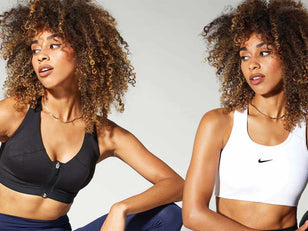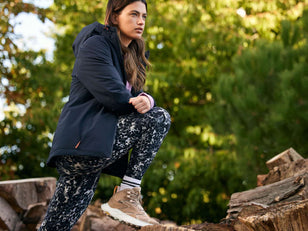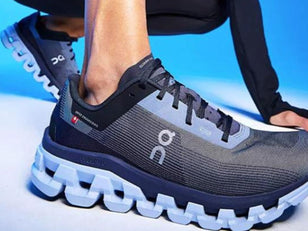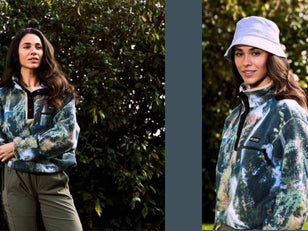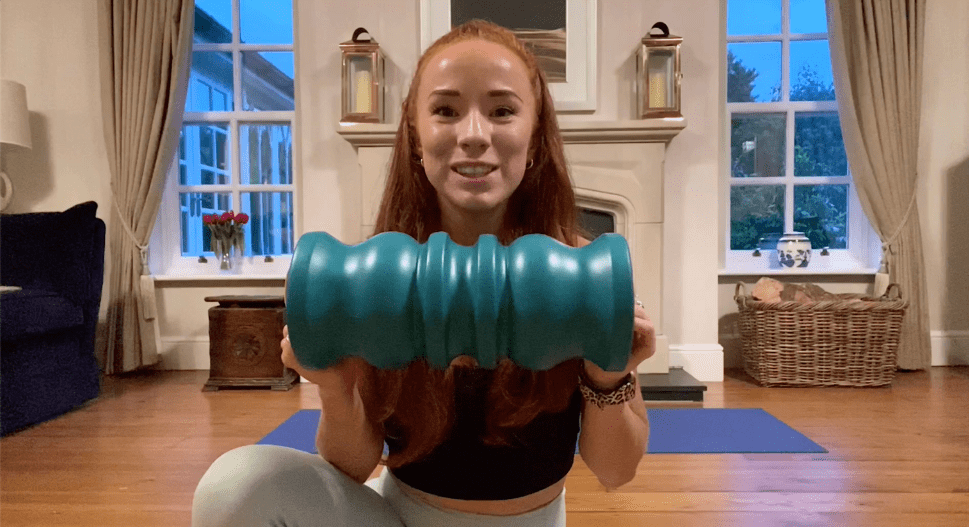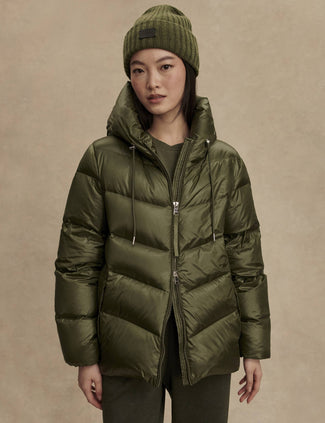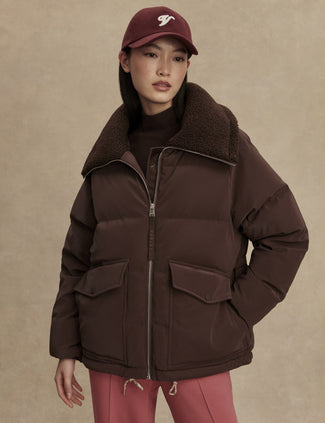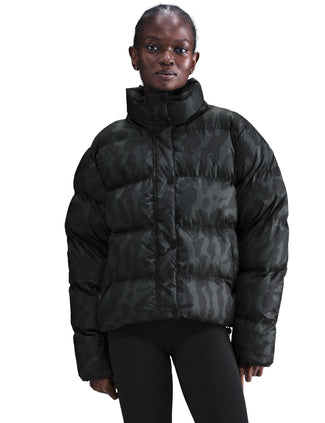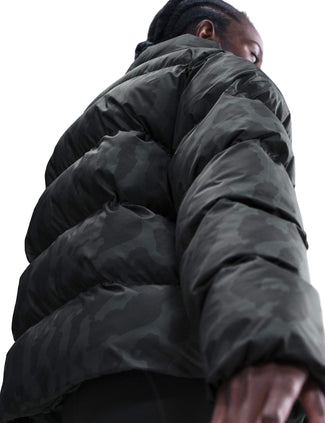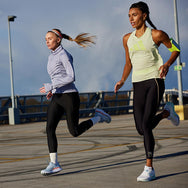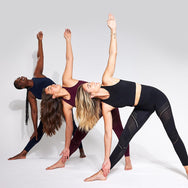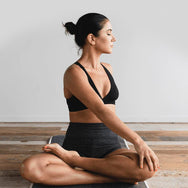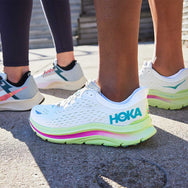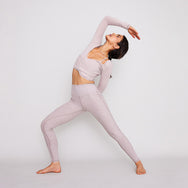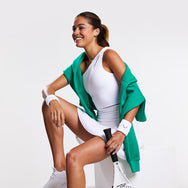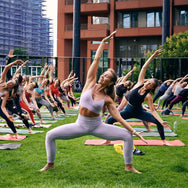Words by Gede Foster
WHAT IS FASCIA?
Fascia is a connective tissue that connects all the various parts of our entire body. It is like a cling film that connects muscles, tendons, ligaments, bones, nerves, blood vessels and organs.
You have 3 types of fascia. Think of it like an orange.
-
Superficial fascia - is mostly associated with the skin. This is like the orange peel on the outside that attaches to the segments.
-
Deep fascia - wraps around your muscles bones and nerves. This is like the outing to each segment in your orange.
-
Visceral fascia - wraps around your internal organs. In each segment of your organe you have further tiny segments.
Your myofascia is like a glove to each muscle. Like cling film wrapping around them. If the fascia gets tight, your muscles can't reach their full stretch or lengthening. For pain free movement your muscles want to be able to glide and slide against one another smoothly, when the fascia gets knotted up it becomes like velcro and your muscles are unable to glide and slide as effectively as they could.
Your entire body is connected through fascia. Fascia is an active tissue that constantly makes adaptations. It can feel different day to day depending on what you do. If you resume the same movement patterns daily the fascia starts to make more permanent adaptations that then take longer to undo.
Both your muscles and fascia contain mechanoreceptors making them highly responsive. They can be stimulated through various stroke and compression techniques and the effectiveness can be felt instantly. Rolling massively improves recovery, but also, research has shown that rolling has no negative effect on performance and that actually it can enhance speed and power as the fascia recoil and pre-tensioning plays a big role in these.
The satisfying thing is that it is an instant release, but proven with regular practice it can change your entire structural integration!
The science behind it is complex but the application of it is simple and easy for everyone to add into your routine.
BEST FASCIA ROLLING TECHNIQUES
You want to be mindful not to go too quickly when rolling, especially if you are applying a fair amount of pressure for a deep release. This may send your body into ‘protective mode’ and the muscles and fascia will contract and tighten up. Start slow, easing into the pressure so that your body knows the discomfort is intensional.
Breathing techniques can be really useful especially when rolling for deep release. Deep breathing promotes a relaxation response. When rolling over a part of a muscle that feels quite sensitive, use the exhale to sink into it before continuing your roll.
-
Long and light - this is perfect to warm up the fascia before a workout.
-
Pressure point and short strokes - for deeper recovery.
-
Along the grain of the muscle - for lengthening fascia.
-
Against the grain of the muscle - for hydrating the fascia.
Hamstrings
Prolonged sitting, lack of stretching or sitting crossed legged can lead to tightness in the hamstrings. When the hamstrings get tight they can refer pain into the back of the knee or up into the crease of your buttocks.
We tend to always refer to the hamstrings as one area but there are actually three muscles that make up your hamstrings.
- Bicep femoris. Located on the outer side. It works to flex the knee joint, laterally rotates knee joint (when knee is flexed), extends hip joint (long head only).
- Semitendenosus. Located on the inside. This is responsible for the flexion of the knee, extension of the hip joint. Internal rotation.
Watch the video for a guide on rolling the hamstrings. This is where the specific design of the Manta Roller is so great. Use the rigged areas to really target the hamstrings. Because the hamstrings are such a strong muscle group the outer smooth one will only get into the superficial areas providing limited help so the central prongs are the ones you want to go for!
Calves
The calves were one of the most requested areas when I put it out as a poll on instagram. The calves can get tight especially if you do a lot of running, hiking, or HIIT. So having a quick roll after any of these activities can be really beneficial.
You have two muscles that make up the calves.
-
Gastrocnemius. The meatier most outer part.
-
Soleus. The underneath layer.
If you are wanting a gentle warm up to hydrate the fascia before a workout use the outer groves and lighter rolling techniques.
If you are rolling after an activity or looking for a deeper release use the inner grooves for a deeper myofascial release.
In the video I will show you some variations for rolling your calves.
IT Band
This is a personal favourite of mine. There is a lot of miscommunication around this. If you are having issues with your IT band DO NOT ROLL YOUR IT BAND!! Yes… Do not roll the IT band. Let me explain.
Look at this picture of the IT band. It is white in colour. It is a tendon which means it doesn’t have any blood flow so rolling it can actually aggravate it more worsening the problem.
The IT band gets tight when the muscles that attach into it get tight. So instead of rolling the IT band you want to get to the root of the problem.
Tight IT bands lead to IT band syndrome and Runner's Knee most commonly.
If you look at the picture once more you’ll see the main muscles that attach into it are the gluteus maximus and the tensor fascia latae (TFL).
The gluteus medius is a main muscle for stabilising the pelvis while the TFL stabilises the knee. When the glute med doesn’t function optimally your TFL (which is much smaller muscle) overcompensates causing a tightness and and a pull on the IT band.
Your glute max is the main muscles responsible for hip extension, so it works hard in your drive forward in a run, if you get tight in your glute max this will also create a pull on your IT band.
To get to the root of the problem you want to roll your glute max and your TFL to release the tension on the IT band.
Lats
Your latissimus dorsi is the biggest muscle in your back and one of the main culprits for creating rounded shoulders when these are tight (along with the muscles in the chest).
Your lats attach from your spine (T7-L5) to your upper arm (bicipetal groove) so when you are hunched forward at your desk, constantly carrying kids, or work a lot of push (benching) in the gym these can be in a shortened state.
While you want to release these you also want to team some strength into the upper back with some extension work.
CONCLUSION
Remember fascia is an active tissue. As quickly as you can feel the results it can easily adapt back without maintenance. The best combination is regular release work teamed with exercises to strengthen your posture so you can always be operating at optimal!
If you have any further questions contact @gedefoster on insta or join one of her trigger point release workshops.






